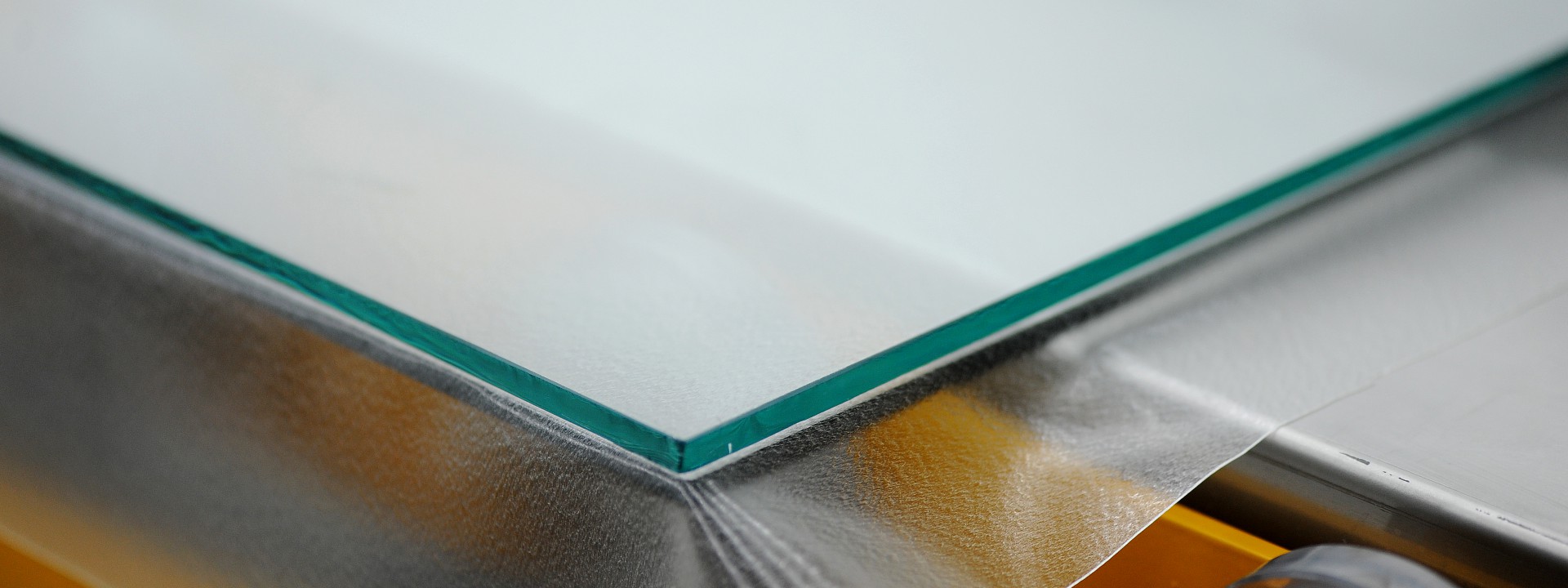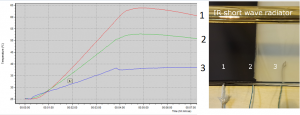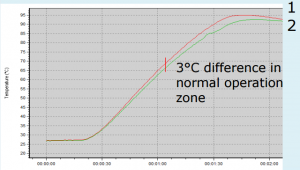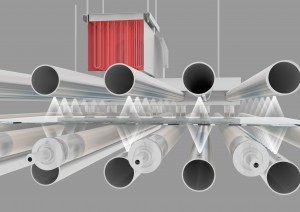
Lamination – the process to help glass achieve improved strength, stability and sound insulation – is increasingly becoming popular in the modern glass-processing business. Besides being used to create innovative glass designs, lamination is growing in popularity because today’s glazing industry is imposing ever stricter safety standards.
Lamination is an easy way to add more value for end users. That’s why lamination gives glass processors a way to offer safety, durability and design flexibility, along with an almost always a guaranteed return on investment.
Still, the rapidly changing market demands and new regulations are now outpacing the lamination technology currently available.
Although lamination offers more design options, modern architecture is calling for even more complex glazing solutions, including more coated glass, painted glass or glass of irregular shapes. This makes the variety of glass types huge compared with the type of glass laminated earlier. Therefore, the technology needs to develop to respond to these growing needs.
Regulations, too, are constantly changing to ensure a safer environment for us all. This means that the lamination technology should be capable of processing glass according to the latest standards. This sets yet another challenge on the laminating technology currently in use.
Most furnaces today still use radiation technology for lamination. Radiation efficiency directly depends on the glass type being heated. The absorption of radiation greatly differs depending on the glass surface. This is especially true for Low-E glass with edge deletion, which is extremely difficult to process with a conventional radiation furnace.
Particularly with radiation furnaces, unnecessary waste is caused in the lamination process when not enough heat or too much heat is used. And as more glass types need to be processed, this adds more complication to a machine based on traditional radiation technology.
So how can a glass processor be assured of future proofing his lamination business?
Studies prove that temperature differences are minimal, regardless of the type of glass when using laminating machines with convection technology. This means that there is no more waste due to process adjustment. Even Low-E glass with edge deletion behaves the same as normal clear glass when being exposed to convection.
Long-term knowledge in glass processing has resulted to a unique recipe-free solution that only uses glass thickness as the parameter that matters. While developing this advanced laminating technology, radiation has been replaced with convection as the key to success.
The solution comes from glass tempering technology where convection heating has been used for decades to successfully process different kinds of glass. Now, convection technology can also be used to successfully laminate clear, Low-E or painted glass with different properties and shapes.

Picture 1. Temperature differences with radiation furnace. 1: Painted surface; 2: Transition phase from Low-E to painted surface; 3: Low-E surface

Picture 2. Temperature difference with full-convection furnace. 1: Painted surface; 2: Low-E surface

Picture 3. Glaston ProL is the only furnace available that uses full convection to heat the glass. The technology is based on an optimized heat spread, which ensures the proper heat balance needed for lamination. Its convection system offers fully stable heat on demand, allowing you to make every glass with the same quality, no matter what the loading area or glass size is. You only need to know the glass thickness.
Glass processors can now embrace lamination to make many never-before-seen designs. There’s no doubt that this technique will continue to grow because of the increasing demands of architects and end users for more diversified, creative – and at the same time – safe constructions.
Letting convection become your way to future-proof your lamination business offers you and your customers a world of opportunities.
Sign up for Glastory newsletter
We answer your questions about glass processing. Let us know your challenges and we promise to do our best to help you.
Comments are closed.